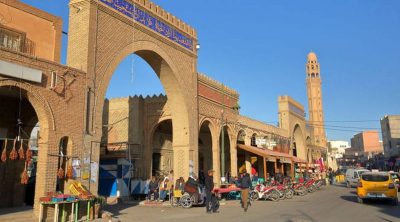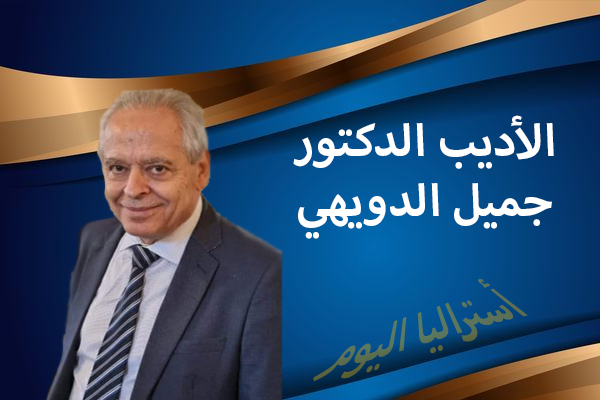
THE NAME OF THE DOG IS PUPPY.
This seems like a simple sentence.
But did you know that three out of four third-grade students do not understand it in Kenya, Tanzania, and Uganda?
In rural India, nearly three-quarters of third graders cannot solve a two-digit subtraction problem such as 46 minus 17, and by grade five — half still cannot do so.
The world is facing a learning crisis.
While countries have significantly increased access to education, being in school isn’t the same thing as learning.
Worldwide, hundreds of millions of children reach young adulthood without even the most basic skills like
calculating the correct change from a transaction,
reading a doctor’s instructions,
or understanding a bus schedule—let alone building a fulfilling career or educating their children.
Education is at the center of building human capital.
The latest World Bank research shows that the productivity of 56 percent of the world’s children will be less than half of what it could be if they enjoyed complete education and full health.
Delivered well, education – along with the human capital it generates – benefits individuals and societies.
For individuals, education raises self-esteem and furthers opportunities for employment and earnings.
And for a country, it helps strengthen institutions within societies, drives long-term economic growth, reduces poverty, and spurs innovation.
A global learning crisis
One big reason the learning crisis persists is that many education systems across the developing world have little information on who is learning and who is not.
As a result, it is hard for them to do anything about it.
And with uncertainty about the kinds of skills the jobs of the future will require,
schools and teachers must prepare students with more than basic reading and writing skills.
Students need to be able to interpret information,
form opinions,
be creative,
communicate well,
collaborate,
and be resilient.
The World Bank’s vision is for all children and youth to be learning and acquiring the skills they need to be productive, fulfilled, and involved citizens and workers.
Our focus is on helping teachers at all levels become more effective in facilitating learning, improving technology for learning, strengthening management of schools and systems, while ensuring learners of all ages—from preschool to adulthood—are equipped for success.
Change starts with a great teacher
A growing body of evidence suggests the learning crisis is, at its core, a teaching crisis.
For students to learn, they need good teachers but many education systems pay little attention to what teachers know, what they do in the classroom, and in some cases whether they even show up.
Fortunately for many students, in every country, there are dedicated and enthusiastic teachers who, despite all challenges, enrich and transform their lives.
They are heroes who defy the odds and make learning happen with passion, creativity and determination.
Technology offers new possibilities for teaching and learning
Rapid technological change is raising the stakes.
Technology is already playing a crucial role in providing support to teachers, students, and the learning process more broadly.
It can help teachers better manage the classroom and offer different challenges to different students. And technology can allow principals, parents, and students to interact seamlessly.
Millions of students are benefiting from the effective use of technology, but millions more in the developing world are not.
When schools and educations systems are managed well, learning happens
Providing quality education requires building systems that deliver learning, day after day, in thousands of schools, to millions of students.
Successful education reforms require good policy design, strong political commitment, and effective implementation capacity.
Of course, this is extremely challenging. Many countries struggle to make efficient use of resources and very often increased education spending does not translate into more learning and improved human capital.
Overcoming such challenges involves working at all levels of the system.
Education reform: The long game is worth it
By their nature, the payoffs from investing in education require patience and persistence.
In fact, it will take a generation to realize the full benefits of high-quality teachers, the effective use of technology, improved management of education systems, and engaged and prepared learners.
However, global experience shows us that countries that have rapidly accelerated development and prosperity all share the common characteristic of taking education seriously and investing appropriately.
The schools of the future are being built today.
These are schools where all teachers have the right competencies and motivation, where technology empowers them to deliver quality learning, and where all students learn fundamental skills, including socio-emotional, and digital skills.
These schools are safe and affordable to everyone and are places where children and young people learn with joy, rigor, and purpose.
Governments, teachers, parents, and the international community must do their homework to realize the promise of education for all students, in every village, in every city, and in every country.















